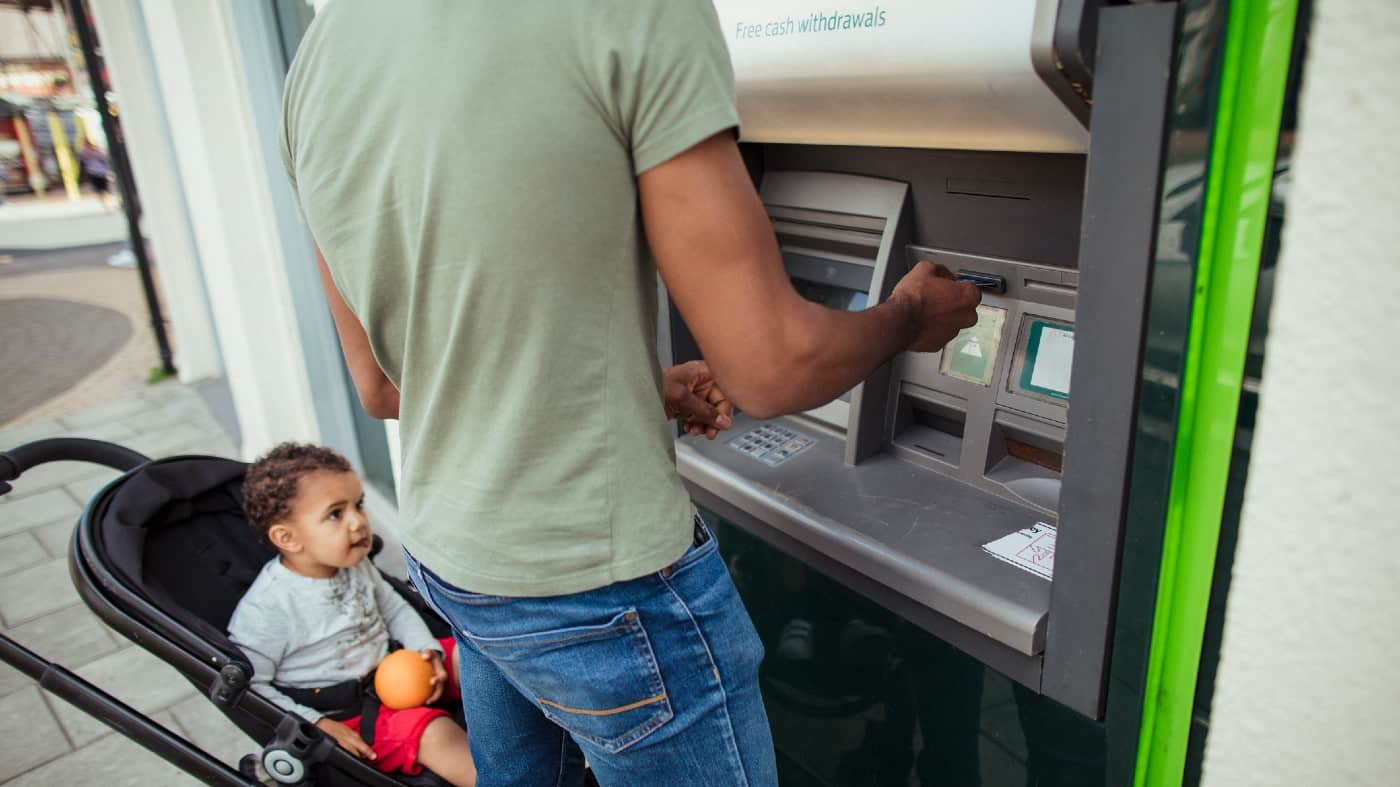UK bank shares are still trading substantially lower than they were before the failure of Silicon Valley Bank (SVB) and then Credit Suisse. Shares in the ‘big four’ UK banks – Barclays (LSE: BARC), HSBC (LSE: HSBA), Lloyds Banking Group (LSE: LLOY), and NatWest (LSE: NWG) – are down around 13%, 11%, 8%, and 8%, respectively, on where they stood on 10 March. This was the date when news of the SVB failure first emerged.
This news conjured up images for FTSE 100 investors of the collapse of Northern Rock bank in 2007 and the onset of the Great Financial Crisis (GFC). Market jitteriness worsened with the subsequent failure of Credit Suisse.
Balance sheets are stronger than in 2007
However, for me, significantly more risk premium being priced into the shares of the UK’s big four banks is overdone. They are all in a much stronger position now than they were at the beginning of the GFC.
After 2007, the Bank of England (BoE) pressured banks to have more high-quality liquid assets in their balance sheets. This strength was enhanced by higher core equity (‘CET1’) capital ratio requirements of well over a benchmark of 10%. In 2022, Lloyds’ CET1 was 17.1%, NatWest’s and HSBC’s was 14.2%, and Barclays’ was 13.9%.
UK banks are regularly stress tested
The resilience of the UK banks to potential financial crises is also regularly stress-tested by the BoE’s Prudential Regulation Authority. Also after 2007, all the major UK banks’ riskier trading activities were further siloed away from their retail activities.
This prudence was seen in the relevant capital ratios in the big four banks’ 2022 results. It was also evident in the significant pre-emptive adjustments for a possible deterioration in operating environments in 2023.
Of the UK-centric banks, Lloyds led the way with a £1.51bn impairment charge for 2022. NatWest’s was £337m. Barclays’ impairment charge of £1.22bn followed a separate £1.597bn in litigation costs from its over-issuance of bonds in the US. HSBC recorded $3.6bn for its expected credit losses and credit impairment charge for 2022.
High dividend pay-outs and buybacks planned
Each of the banks maintained a high level of dividend pay-outs last year and have other shareholder incentives planned. Lloyds announced an increase in its 2022 full-year dividend to 2.4 pence per share, an increase of 20% over 2021. It is also planning a £2bn share buyback.
NatWest announced a final dividend of 10 pence per share in its 2022 results. It also promised another share buyback programme of up to £800m in the first half of 2023.
Barclays paid an annual dividend of 7.25 pence per share – in line with forecasts.
HSBC paid a final dividend of 32 cents per share in 2022, up from 25 cents in 2021. It is also considering the payment of a special dividend of 21 cents per share. This is subject to the sale of its banking business in Canada. A decision on this is expected in late 2023, with payment following in early 2024.
The risk for all these banks is a dramatic turn for the worse in the global banking sector. However, with the safeguards now in place in the UK and other major banking centres, I think this extremely unlikely.
I have held Lloyds’ shares for many months and added to my holding recently. This gives me good exposure to this sector.







